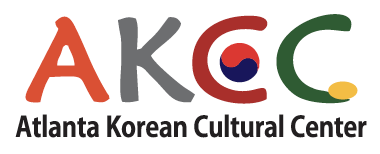Traditional Instruments
Nanta Buk (난타) - Based on the rhythms of samulnori, Nanta buk is a type of Korean traditional percussion. Nanta literally means “random drumbeats” and is usually performed by groups of people using big barrel drums.
Samul nori (사물놀이) - This is a genre of percussion music. The word Samul means “four objects“ while nori means “play“. Samul nori is performed with four traditional Korean musical instruments, Janggu (hourglass-shaped drum), Buk (barrel drum), Jing (large gong), and Kkwaenggwari (small gong).
Janggu (장구) - Janggu is the most representative drum in traditional Korean music. This hourglass-shaped drum has two heads made from animal skin. The two heads produce sounds of different pitch and timbre, which when played together are believed to represent the harmonious joining of Um and Yang.
Standing Janggu (설장구) - Standing Janggu requires one to play Janggu while standing, moving, or dancing.
Gayageum (가야금) - A traditional Korean plucked zither with 12 strings. One of the most popular and widely used instruments in Korean music.
Haegeum (해금) - A traditional Korean string instrument, resembling a vertical fiddle with two. It’s held vertically on the knee of the performer and played with a bow.

